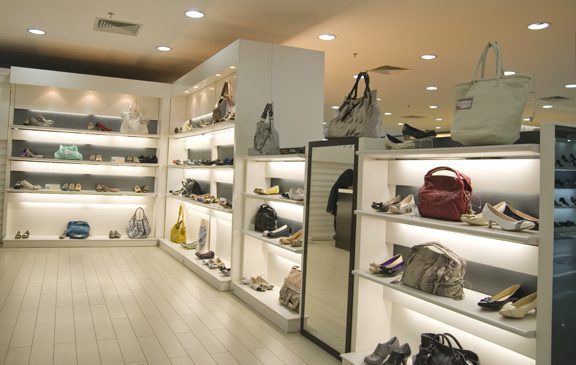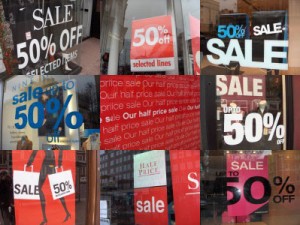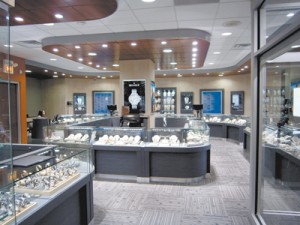 Whether we are aware of it or not, the aesthetic qualities of retail lighting contribute to the sales and success of an establishment. Though obviously we would rather trust a bright space for our commercial needs than say, a dark alleyway, that inherent sense of comfort is just part of the reason.
Whether we are aware of it or not, the aesthetic qualities of retail lighting contribute to the sales and success of an establishment. Though obviously we would rather trust a bright space for our commercial needs than say, a dark alleyway, that inherent sense of comfort is just part of the reason.
Lighting is not just an overhead expense for a store; it is as much a factor in driving business as a professional logo or a promotional campaign. Let us explore some of the reasons why this is true, and also illustrate that LED lighting scores over incandescent light in delivering this type of value.
Contrast and Color Richness are Decisive
The color rendering index (CRI) is an objective measure of a light’s ability to reproduce the look of an object in natural lighting. Think about the appearance of fresh fruit in a sunny orchard versus in a refrigerator crisper. Richer, deeper colors and natural, clear contrasts contribute to a sense of ease and comfort for shoppers. This is true in all forms of retail, and the brighter mood within the shopping space contributes to a better traffic flow and a greater propensity for customers to make purchases.
Lighting is Indispensible to Jewelers
This is especially true in the jewelry business: the refractive and reflective properties of the merchandise are the key selling point. Jewelry, no matter how rare or valuable, must sparkle. Lighting should come from above and inside the display case, in order to keep shadows from falling on the goods.
LED Energy Savings
In all situations with a potential return on investment, we must seek to lower long term costs. Lighting is no exception, even though some retailers unwisely look at it solely as a chunk of the energy bill and not a part of value creation. However, LED lights can offer up to 90% lower energy costs, with 25 times more durability. In terms of CRI index, they can now reach up to a rating of 90+ (the sun has a CRI index of 100).
If you could cut marketing costs down by such ratios while maintaining the same returns, you would jump on the opportunity immediately. Professional LED lighting is no different.
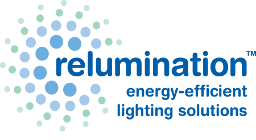
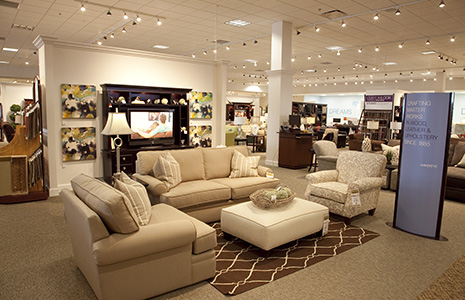
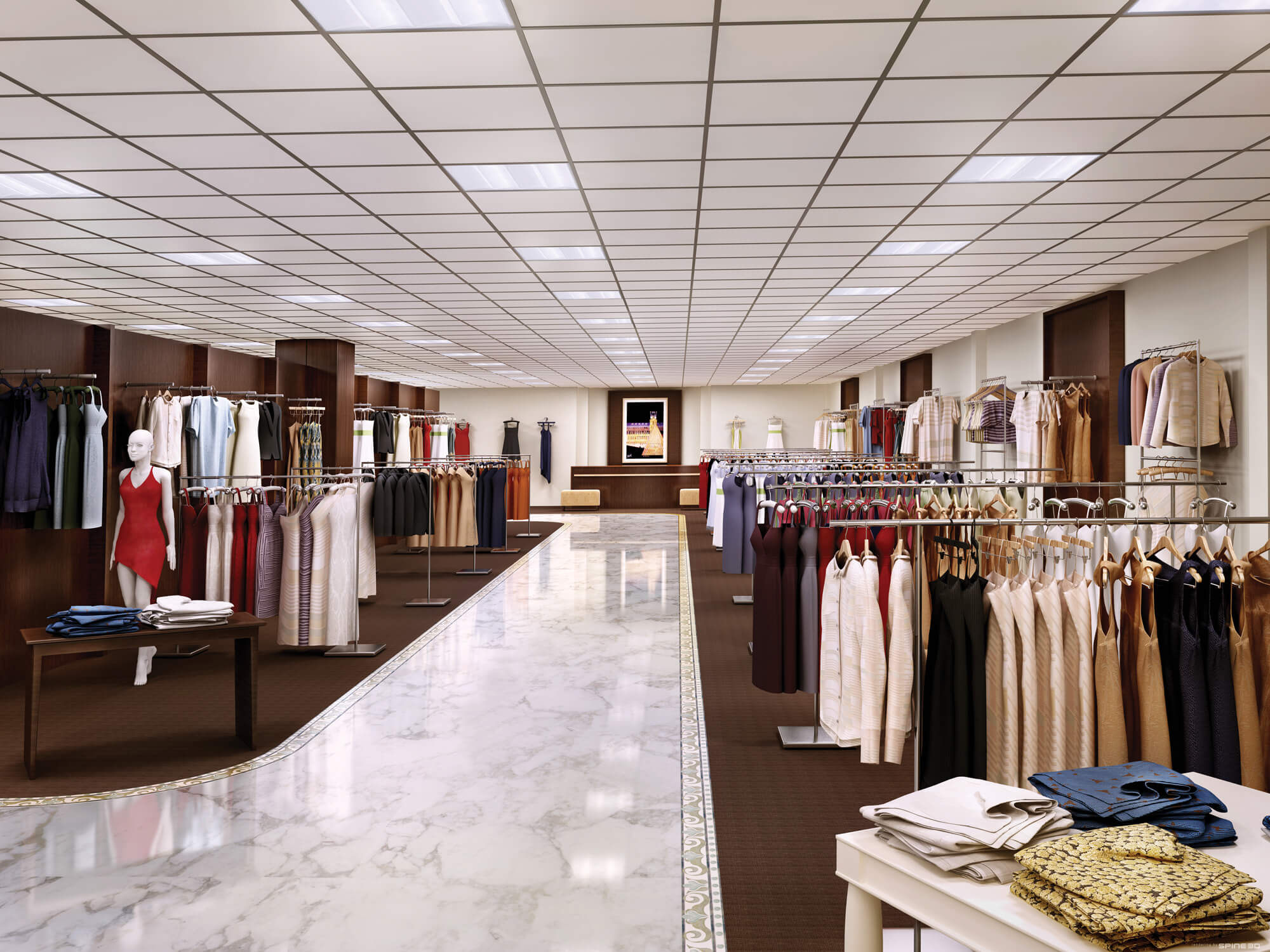
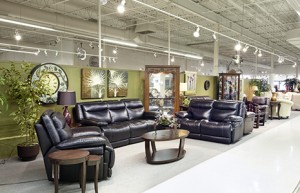 How many times have you been in a highly lit, impersonal retail store and wanted to get out as soon as you walked in? What about a poorly lit clothing store where you can barely even see the product? This can be a dilemna your business faces that you do not even know about. Creating the right atmosphere for your customers is almost as important as the products you sell. Once you know this, you can start getting to work on making your store the business it should be.
How many times have you been in a highly lit, impersonal retail store and wanted to get out as soon as you walked in? What about a poorly lit clothing store where you can barely even see the product? This can be a dilemna your business faces that you do not even know about. Creating the right atmosphere for your customers is almost as important as the products you sell. Once you know this, you can start getting to work on making your store the business it should be.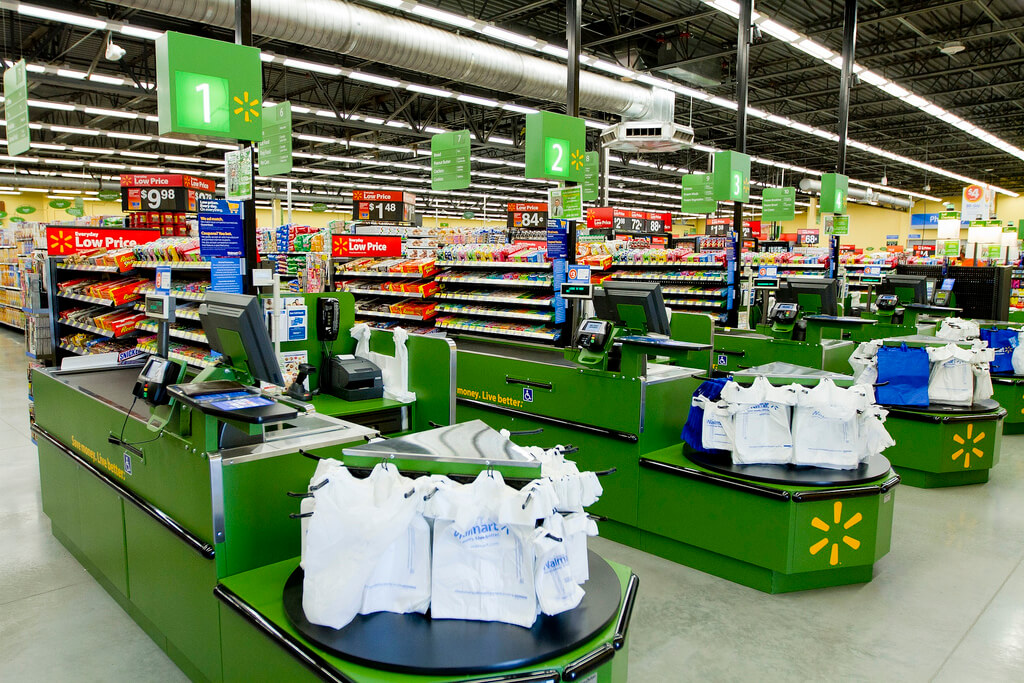
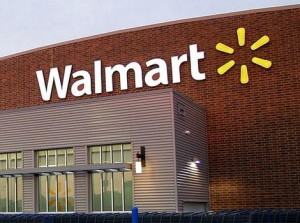 Walmart is striving to be a leader in energy reduction. In the early 1990s, it built two experimental stores to test energy saving techniques. One store was located in CO, and one in TX. In 2006, it retrofitted the TX store to try several new energy saving techniques.
Walmart is striving to be a leader in energy reduction. In the early 1990s, it built two experimental stores to test energy saving techniques. One store was located in CO, and one in TX. In 2006, it retrofitted the TX store to try several new energy saving techniques.